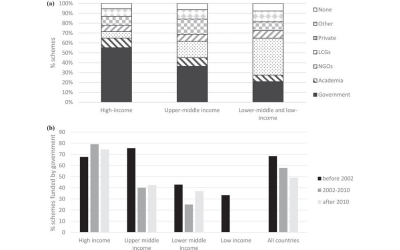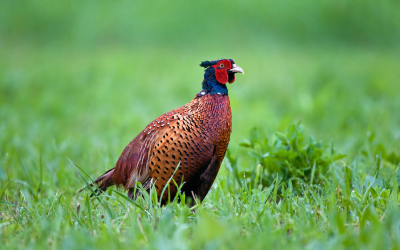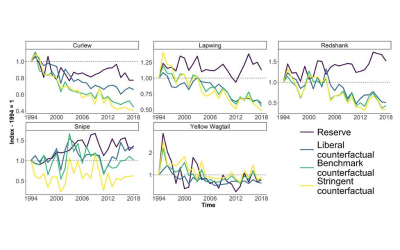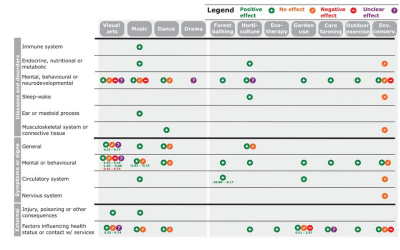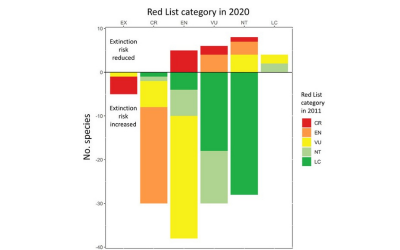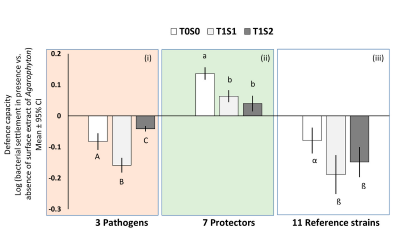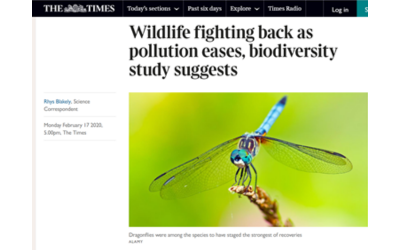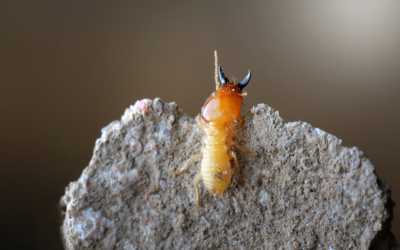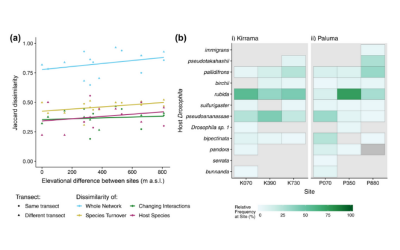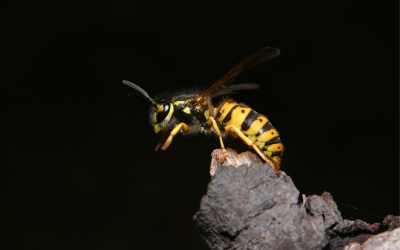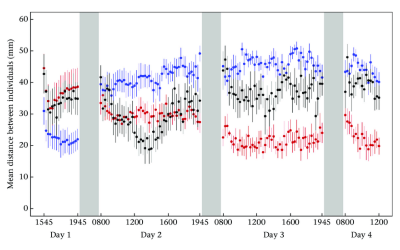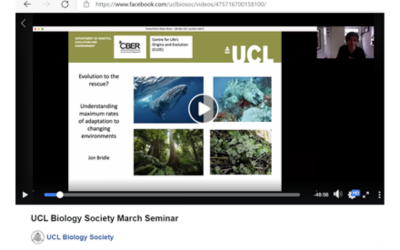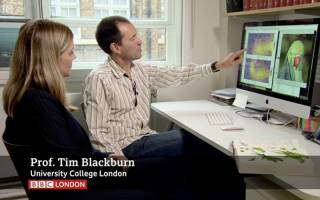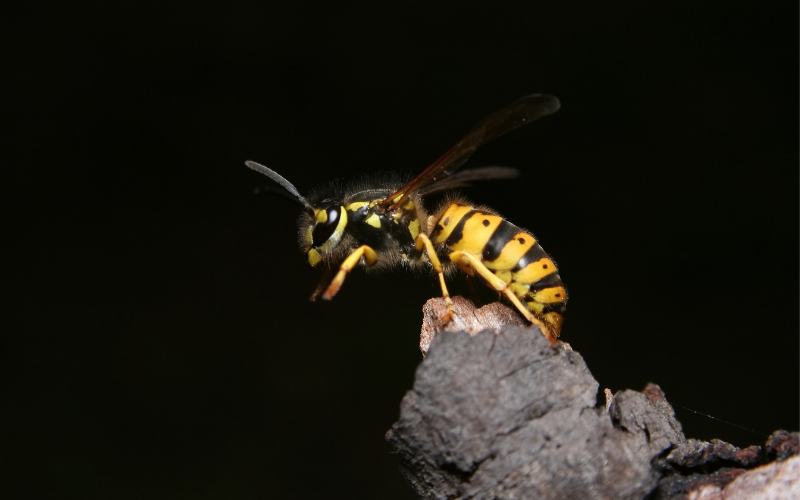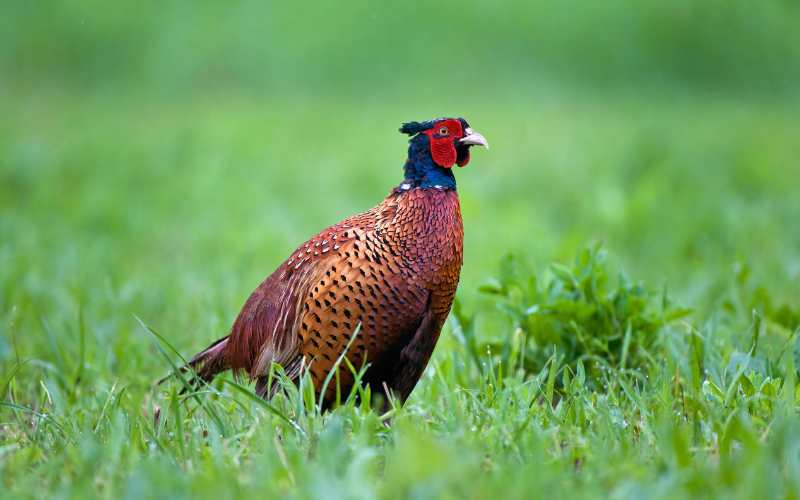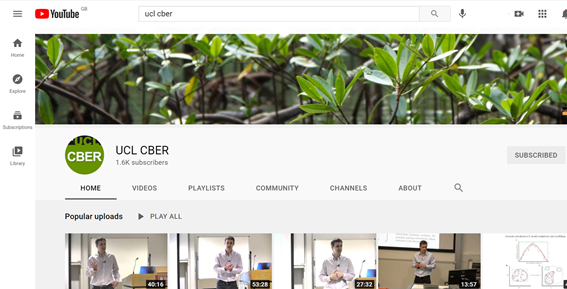Research Themes
The UCL Centre for Biodiversity and Environment Research (CBER) develops innovative research at the interface of biodiversity and environmental change through 3 Research Themes:
1. Consequences of Biodiversity Loss
2. Environmental Change and Biodiversity
Research Theme One: Consequences of Biodiversity Loss
What are the consequences of biodiversity loss and change for people’s wellbeing? Working across the full chain of interacting effects of environmental change from biological processes and functions, to impacts on people, how can we better monitor, predict and mitigate the more deleterious consequences of biodiversity loss and change?
We aim to develop useful approaches and tools that can be applied in different environments in the UK and overseas.
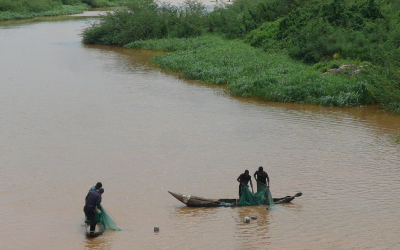
Recent Papers
Research Theme Two: Environmental Change and Biodiversity

How has the environment shaped the origins, maintenance and loss of biodiversity, and how will current and future environmental change impact biodiversity? Many current environmental trends follow rates and forms never documented before.
How then can models and predictions be developed and be tested? What empirical systems allow ecological consequences of environmental change on biodiversity to be analysed? We use a wide combination of tools, techniques and systems, including field studies, modelling, remote sensing, literature and meta-analyses, to examine these questions.
Recent Papers
Find out More
Research Theme Three: Limits to Adaptive Change
What limits the rate of biological adjustment and/or adaptation to a changing environment? Adaptation can be achieved by behavioural responses, phenotypic plasticity, dispersal or evolution. But each of these mechanisms has different costs and benefits for species and population persistence.
How can we evaluate the limits in different kinds of species and across habitats? What is the evidence from empirical studies and from historical events? We address these questions using studies in the field, laboratory and from theory.
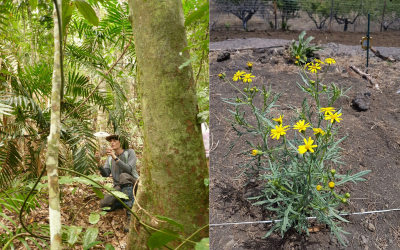
Recent Papers
Find out More
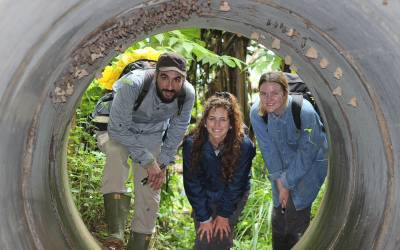
NERC Impact Acceleration
The Natural Environment Research Council (NERC) Impact Acceleration project began in 2013 and has funded events, workshops, lectures and educational material which have broadened the impact of research in CBER.
Like our research, these outputs have covered a broad range of topics, from natural capital accounting to biodiversity monitoring and protection both globally and in the UK, and fostered collaborations with the Zoological Society of London (ZSL), The Joint Nature Conservation Committee (JNCC), PREDICTS, Microsoft Research, eftec, The IUCN, WWF, British Library Labs and many more. Find Out More
Impacts of Climate Change on Biodiversity
How Can Biodiversity Loss lead to Global Pandemics?
Funnelback feed: https://cms-feed.ucl.ac.uk/s/search.json?collection=drupal-life-sciences...Double click the feed URL above to edit
 Close
Close


